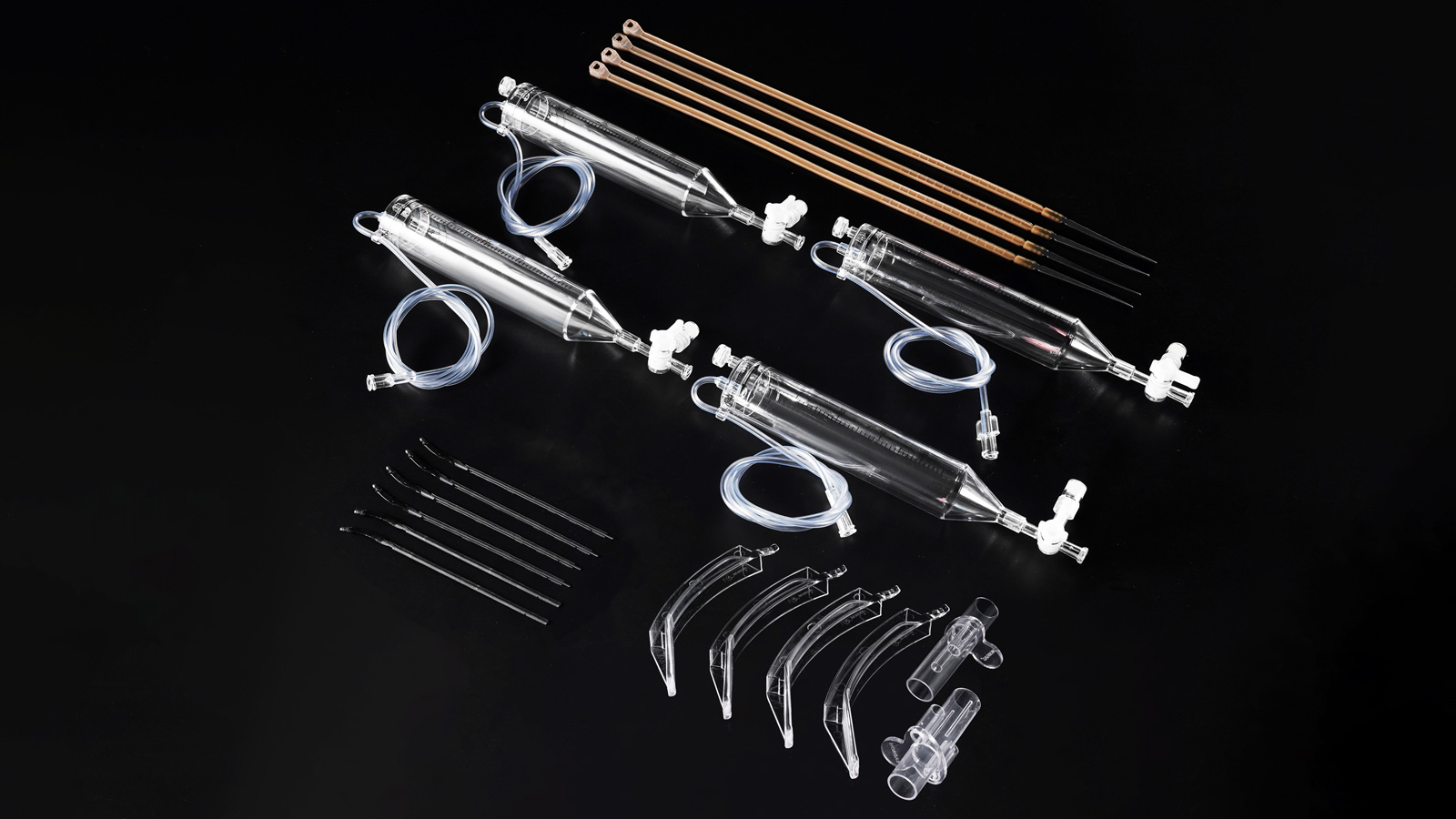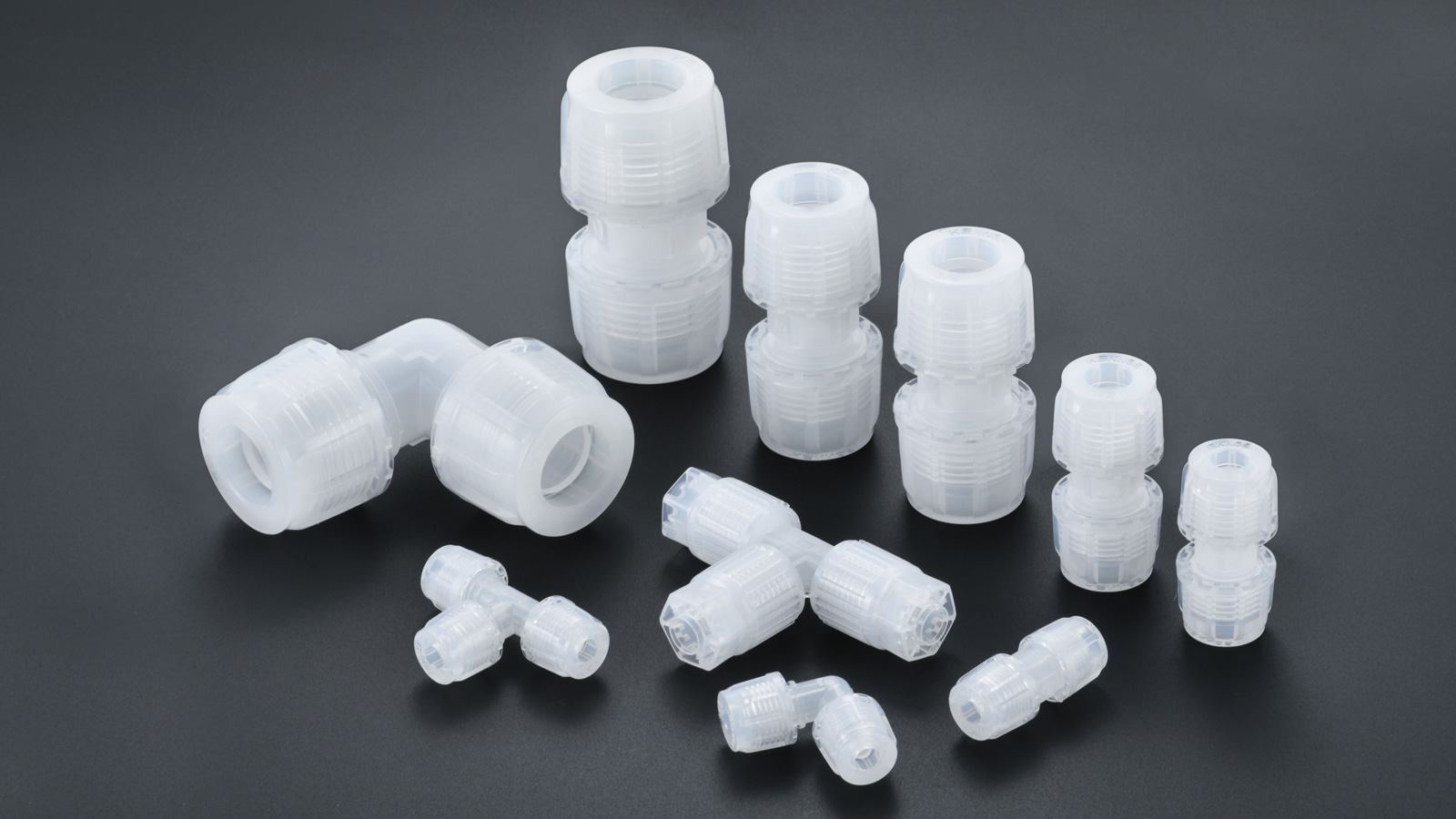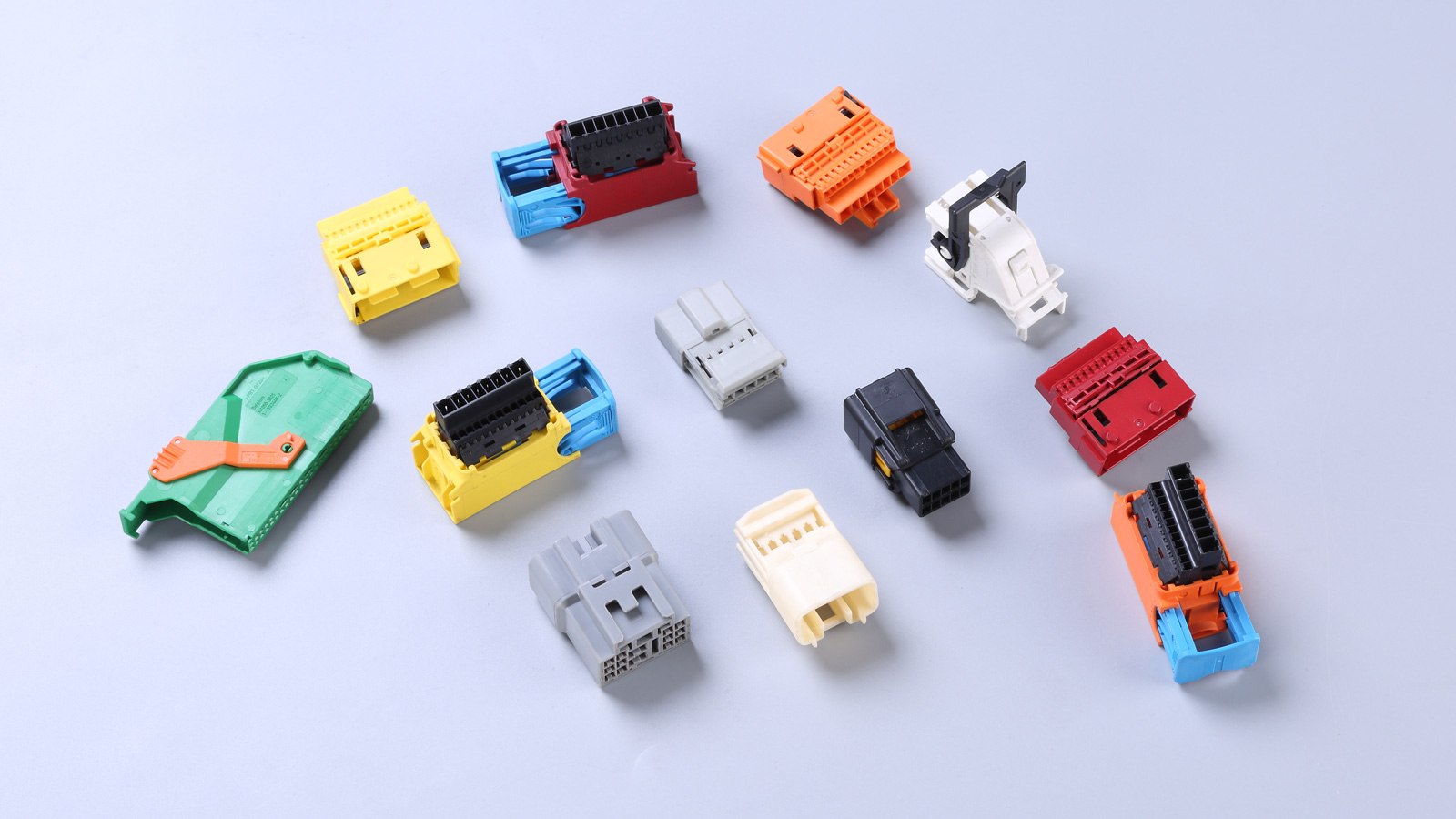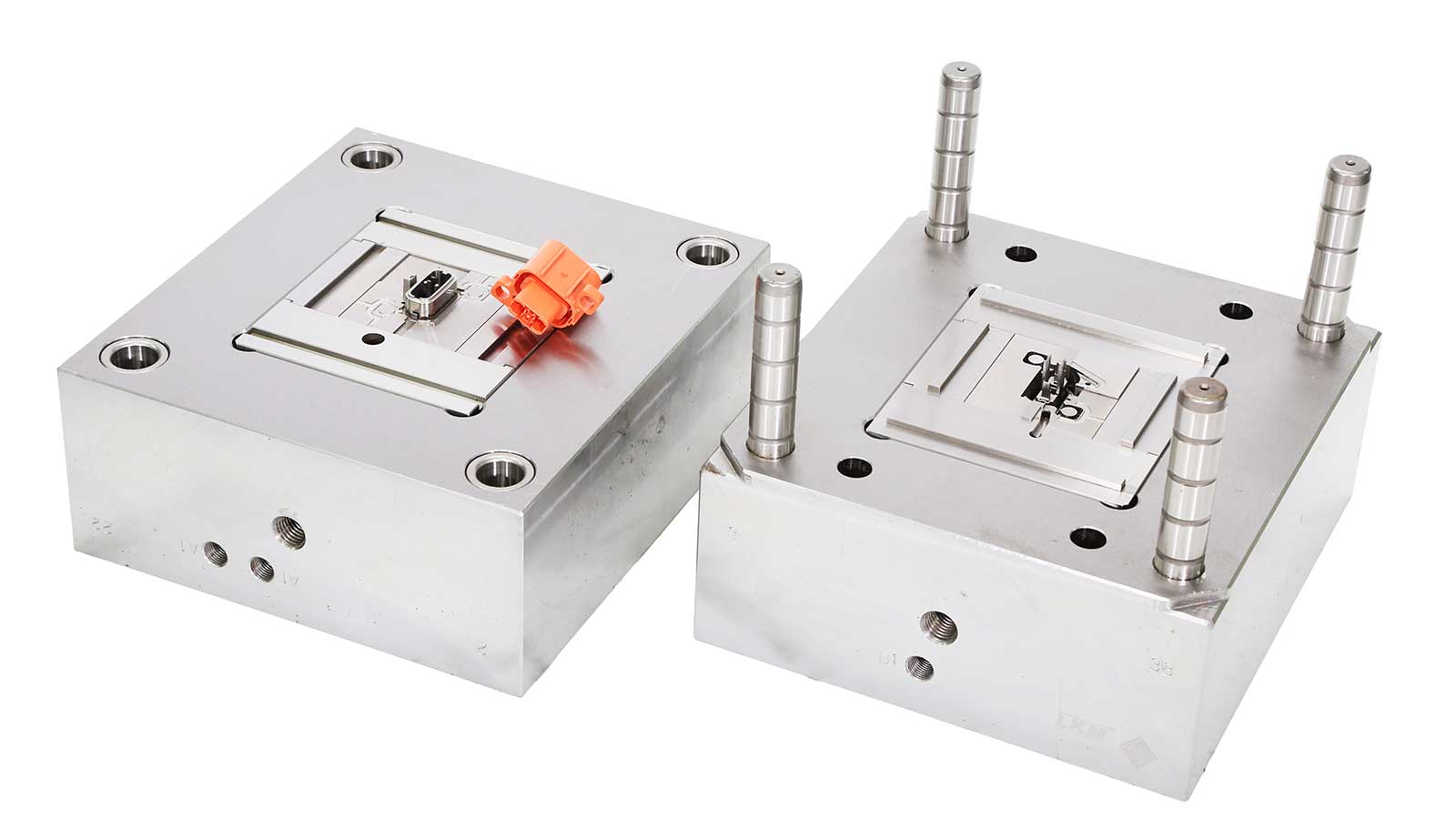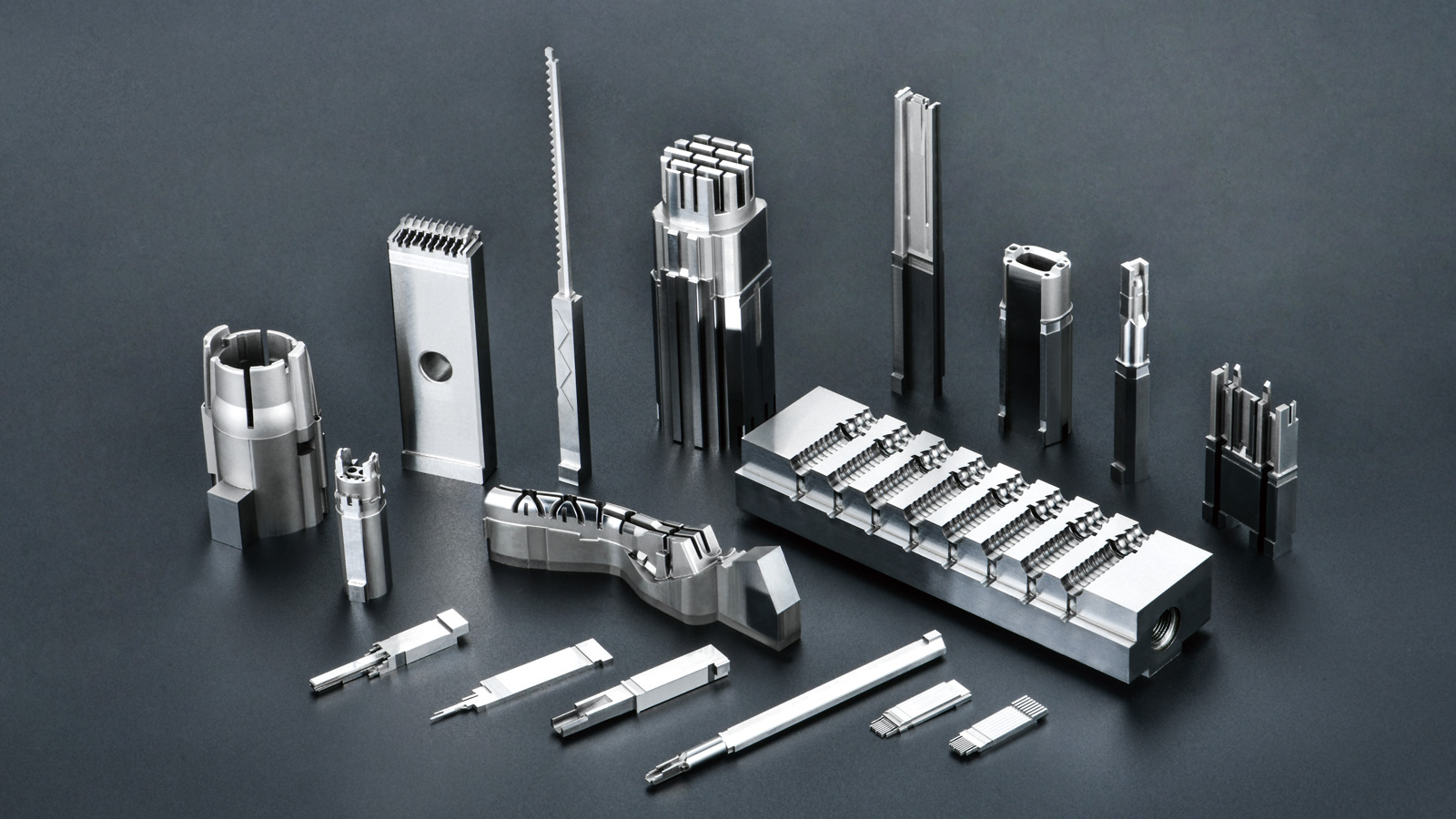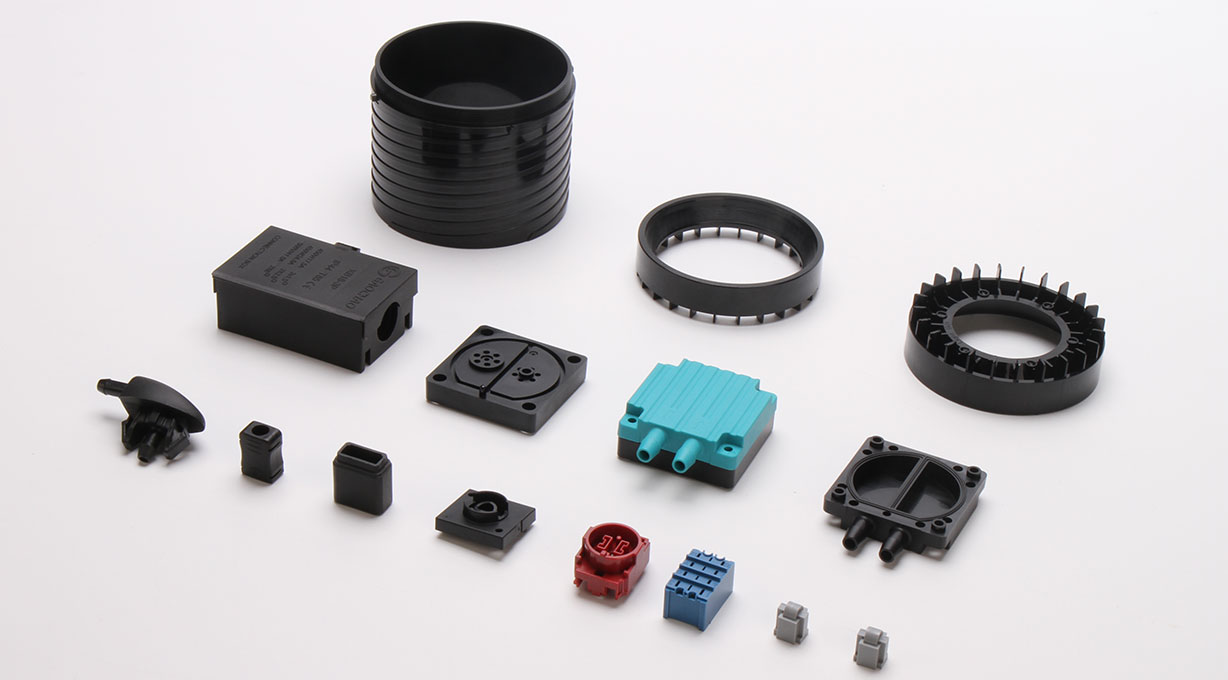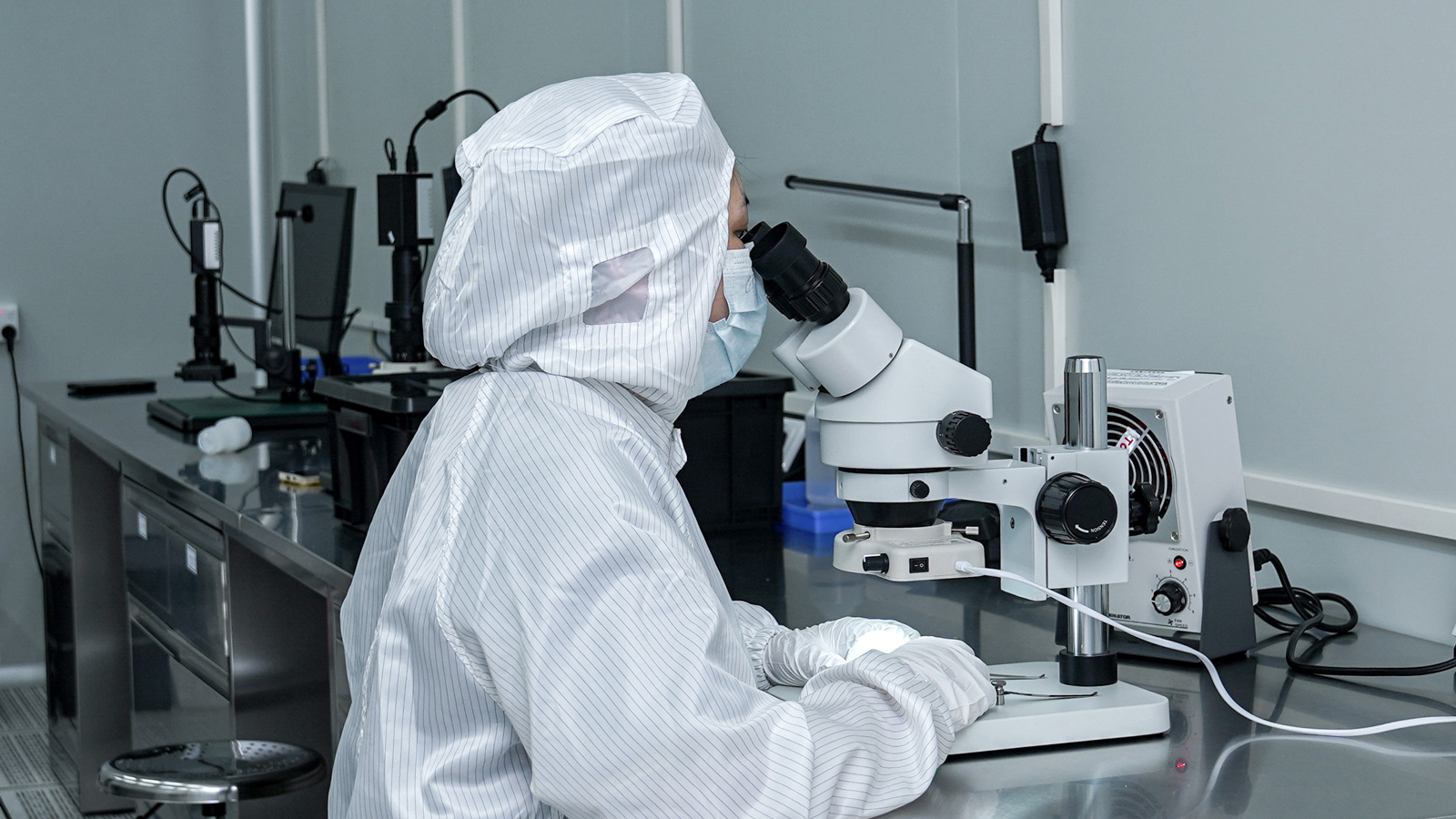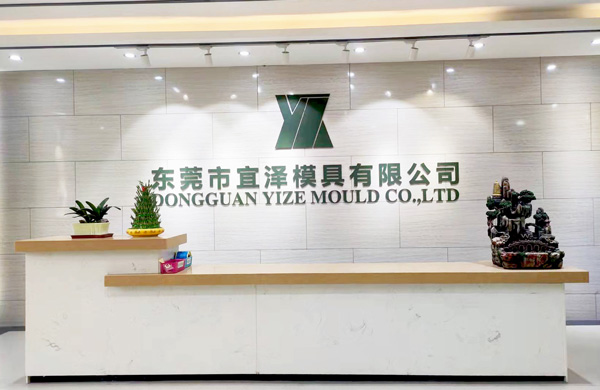In the field of plastic injection molding, producing parts that boast high gloss, high aesthetic appeal, are free from stress generated during the molding process, have high stability, and can reliably fill thin-walled materials presents significant challenges. However, the hot/cold molding technology is rapidly gaining acceptance in automotive interiors and numerous consumer products that demand high surface aesthetics. Next, we will delve into the production process plan for high-quality injection-molded parts with high-gloss finishes.
Limitations of Traditional Heating Processes
In traditional plastic injection molding processes, the molten plastic, upon being injected into the mold cavity, immediately comes into contact with the coldest surface of the cavity. This instant contact results in the formation of a frozen surface layer. Such a rapid phase change slightly alters the molecular structure of the material, causing some of the material to lose its natural luster. Moreover, the material adjacent to the frozen layer cools rapidly and exhibits significantly higher viscosity compared to the hotter core of the molten material front. This viscosity disparity can lead to various visible defects, compromising the surface quality of the injection-molded parts.
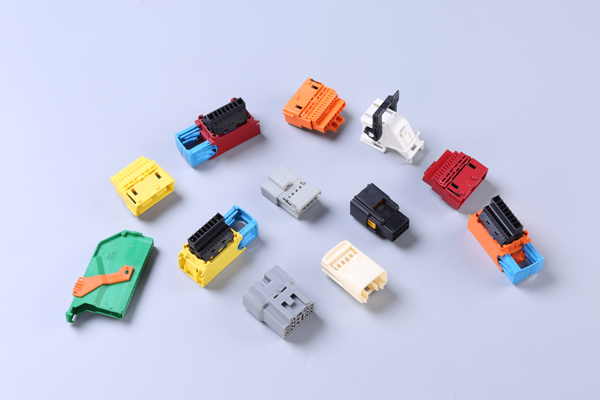
Innovative Principles of Hot/Cold Molding Technology
The core principle of hot/cold molding technology lies in raising the temperature of the mold cavity surface before the material enters the cavity and then cooling the cavity after the mold is filled. This innovative approach offers several notable advantages.
Significant Advantages of Hot/Cold Molding Technology
Firstly, it effectively prevents the material surface from freezing immediately during the filling process, allowing the material to fully retain its natural luster and resulting in injection-molded parts with high-gloss finishes. Secondly, throughout the entire filling process, due to the precisely controlled cavity surface temperature, the viscosity of the melt flow remains almost uniform. This characteristic eliminates many common surface defects associated with traditional plastic injection molding, such as flow marks and weld lines, thereby significantly enhancing the surface quality and overall integrity of the injection-molded parts.
